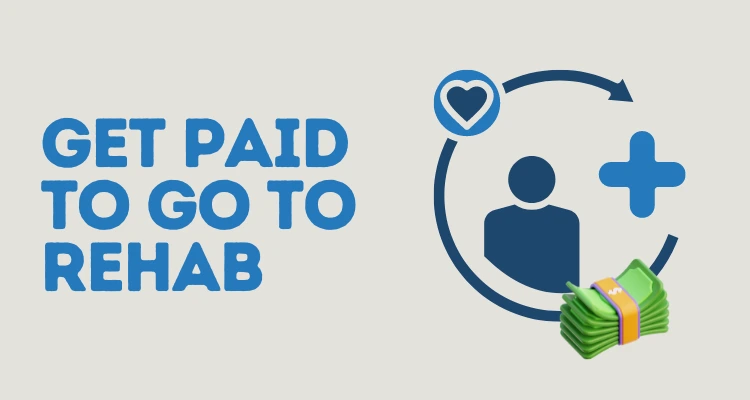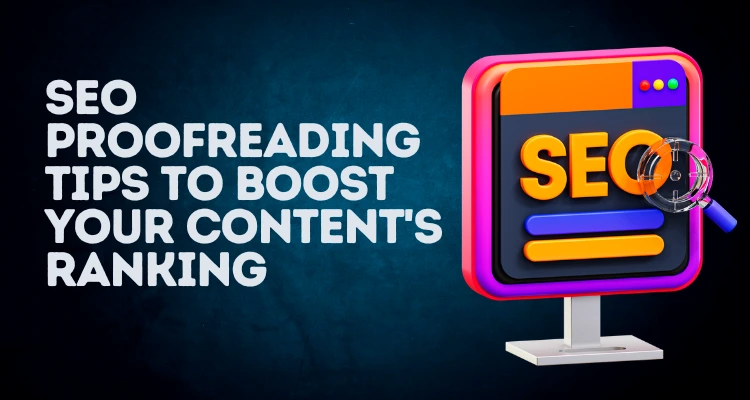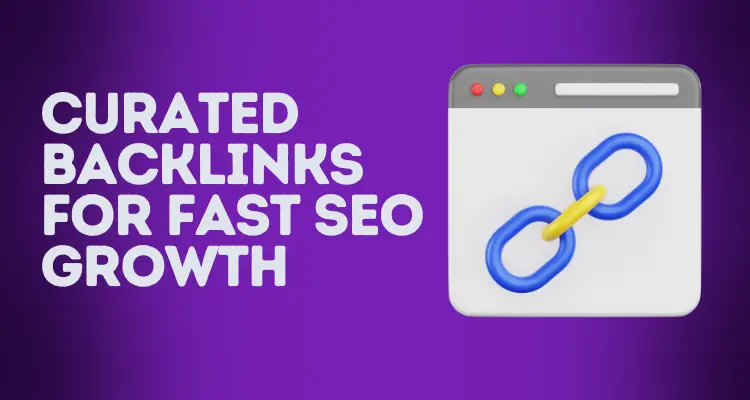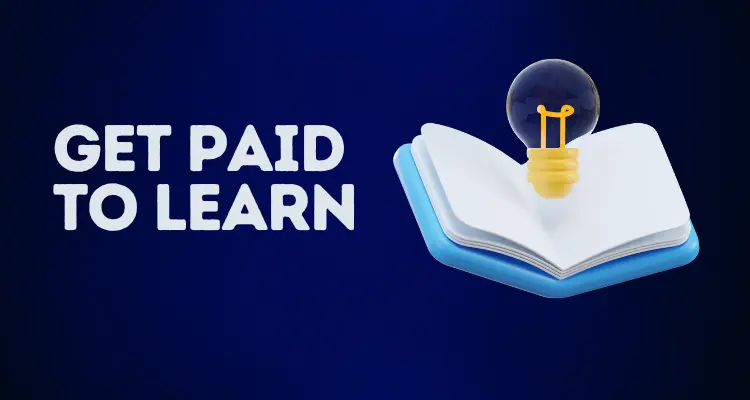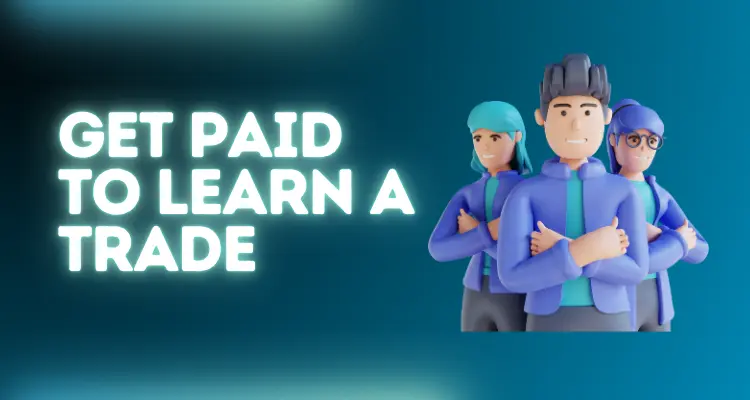Copywriting secrets are what I am going to spill here today. Years ago, I became interested in copywriting and decided to write a copy for my own product to increase conversions. I conducted a lot of research, applied various techniques, joined forums, asked questions about what works for others, and did extensive digging.
Finally, I discovered something that worked. In fact, I found some free tools that aim to help anyone make $100k yearly, courtesy of a Reddit user, that I will share with you for free. I am going to put everything out here. These copywriting secrets can transform your writing skills and significantly boost your conversion rates.
By the end of this article, you’ll have a toolkit of strategies to enhance your writing and captivate your audience. So, follow along carefully because today, I am revealing copywriting secrets that most people don’t want you to know.
Setting the Foundation for Copywriting Secrets
First, What Is Copywriting? Copywriting is the art of using words to sell. It’s about creating text, known as copy, that persuades people to take action. This could be buying a product, signing up for a newsletter, or clicking on a link. Copywriting is everywhere: in advertisements, websites, emails, social media posts, and more.
To explain copywriting in simple terms, think about the last time you saw a commercial or read an ad. A copywriter wrote the words you heard or read. Their goal was to grab your attention, keep you interested, make you want the product, and then get you to take action, like making a purchase.
Copywriting Secrets 1 – Understand the Power of Words
Words have immense power. They can influence decisions, change minds, and persuade people to take action. Think about the last time you bought something online. What made you click “buy now”? It was probably the words on the page. Knowing how to use words is one of the key copywriting secrets.
Talking about words, do you know that;
- Headlines with the word “Guide” can bring in 3 times more organic traffic—yes, you read that right!
- When it comes to low-performing content, 41% of it tends to use too many complex words—keeping it simple really pays off.
- Similarly, 43% of underperforming content suffers from overly long sentences. A little brevity goes a long way!
- Watch out for those lengthy paragraphs, too—anything over 90 words might be a bit too much.
- Finally, a staggering 44% of low-performing content doesn’t use any keywords. Don’t let your content fall into this trap!
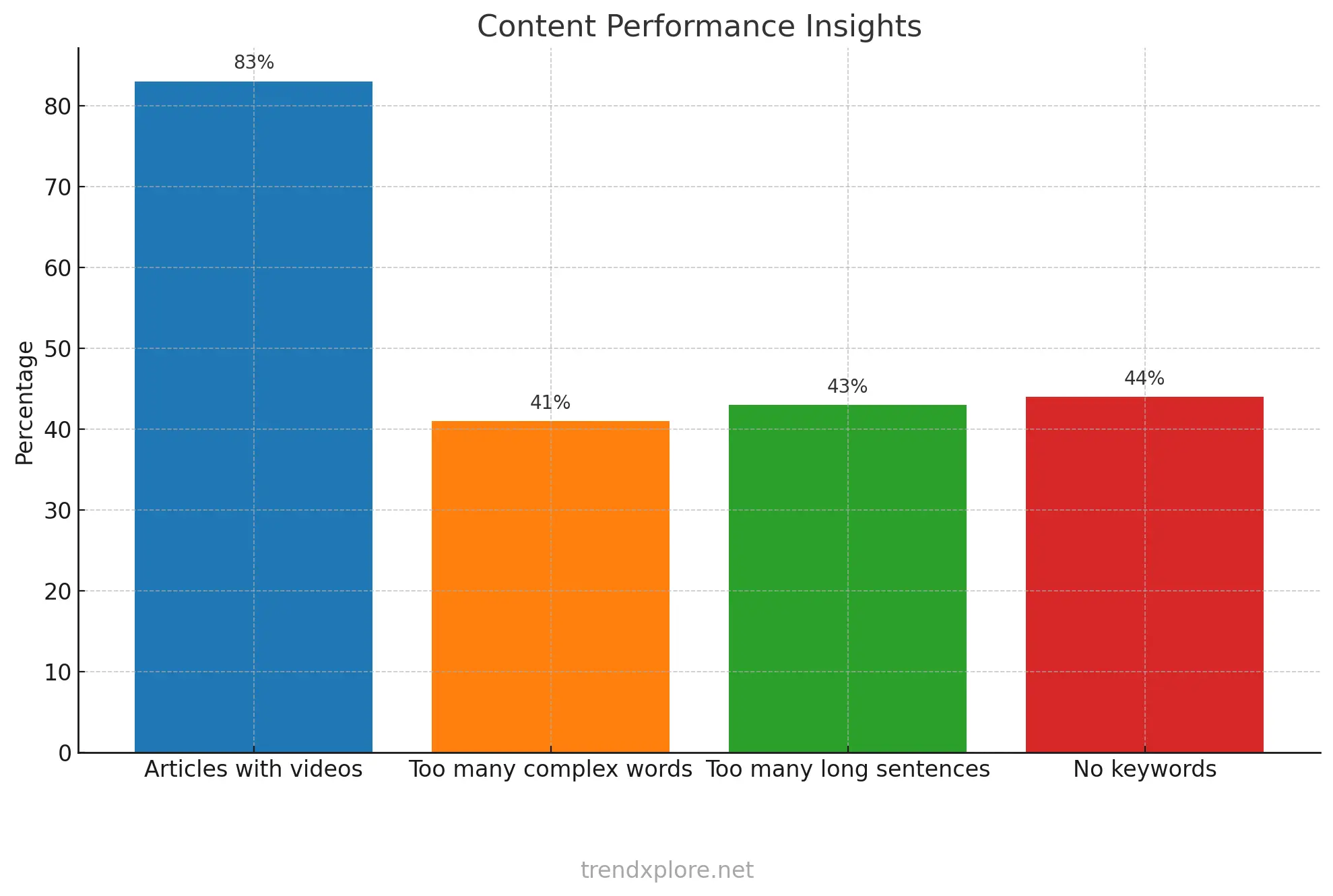
Understanding how words work can transform your copywriting. First, you need to know your target audience. Who are they? What do they want? What problems do they face? Tailoring your message to your audience is crucial. For example, if you are writing for busy parents, you should focus on how your product can save them time and make their lives easier.
Triggers
Psychological Triggers: Words that create the urgency to do something are psychological triggers. These are techniques that tap into the way people think and feel and they are powerful. Phrases like “limited time offer” or “only a few left” can push readers to act quickly.
Social Proof: Another effective trigger is social proof. People trust what others say and do. Including testimonials or reviews in your copy can make your message more convincing. We will go deep into these later. On average, pages with social proof convert at an impressive 12.5%! It’s one of those small tweaks that can lead to big results.
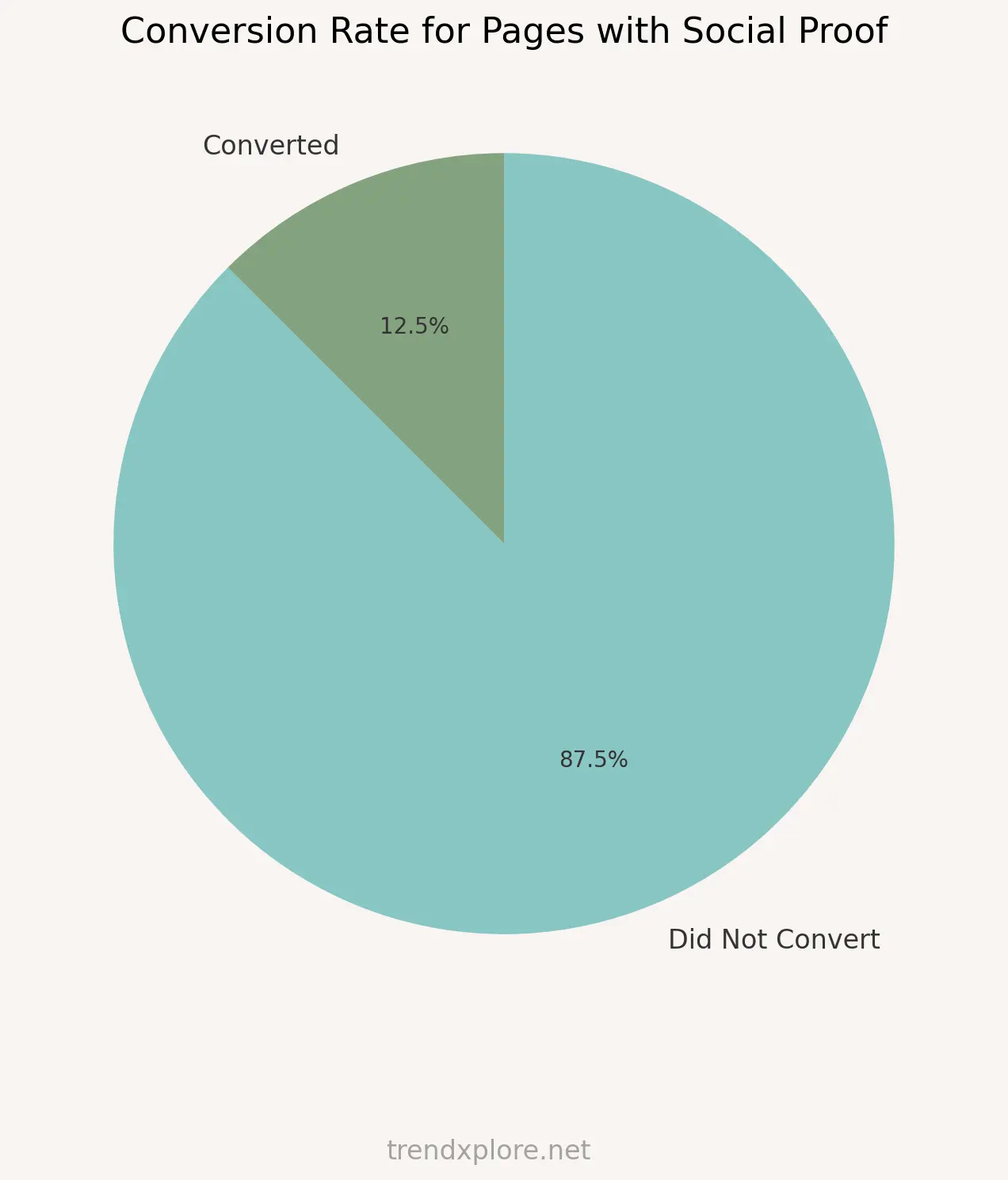
Copywriting Secrets 2 – Crafting Irresistible Headlines
Headlines are crucial. They are the first thing people see and decide whether to keep reading. This is one of the most important copywriting secrets. A great headline captures attention and makes the reader want to learn more.
The Significance of Headlines
Think of a headline as a gatekeeper. If the gatekeeper isn’t inviting, people won’t enter. Your headline needs to grab attention instantly. You have just a few seconds to do this in the noisy digital landscape.
Techniques for Writing Compelling Headlines
- Use Numbers: Numbers are specific and draw the eye. For example, “5 Tips for Better Sleep” is more engaging than “Tips for Better Sleep.”
- Address Pain Points: Show readers you understand their problems. A headline like “Struggling with Sleepless Nights? Try These 5 Tips” directly addresses a common issue.
- Create Curiosity: Make people curious. Headlines like “You Won’t Believe How Easy This Trick Is” make readers want to know more.
Did you know that by asking a question in your headline, you could boost your website traffic by up to 480%?

Examples of Effective Headlines and Why They Work
| Headline | Why It Works |
|---|---|
| “10 Proven Ways to Boost Your Productivity” | This headline uses a number, promises proven methods, and focuses on a benefit (boosting productivity). |
| “How to Save $500 a Month with These Simple Tricks” | It addresses a pain point (saving money) and creates curiosity about the simple tricks. |
| “The Secret to Losing Weight Without Dieting” | It promises a desirable outcome (losing weight) and creates curiosity by mentioning a secret method. Hey! I know what you are thinking now; I did not use the word “secrets” in my title to lure you 😀 |
Copywriting Secrets 3 – Master the Art of Storytelling
Storytelling is a powerful tool in copywriting. It connects with people on an emotional level and makes your message memorable. This is one of the most impactful copywriting secrets.
Why Storytelling Is Powerful
Humans love stories. Stories grab attention, create connections, and make information easier to remember. When you tell a story, you draw readers into your world and make them care about your message. Stories can turn a simple product into a must-have item by giving it personality and relevance.
Storytelling in marketing is super important! 75% of professionals say it matters, and 55% of people are more likely to buy from a brand if they like the story. It’s all about making that connection!
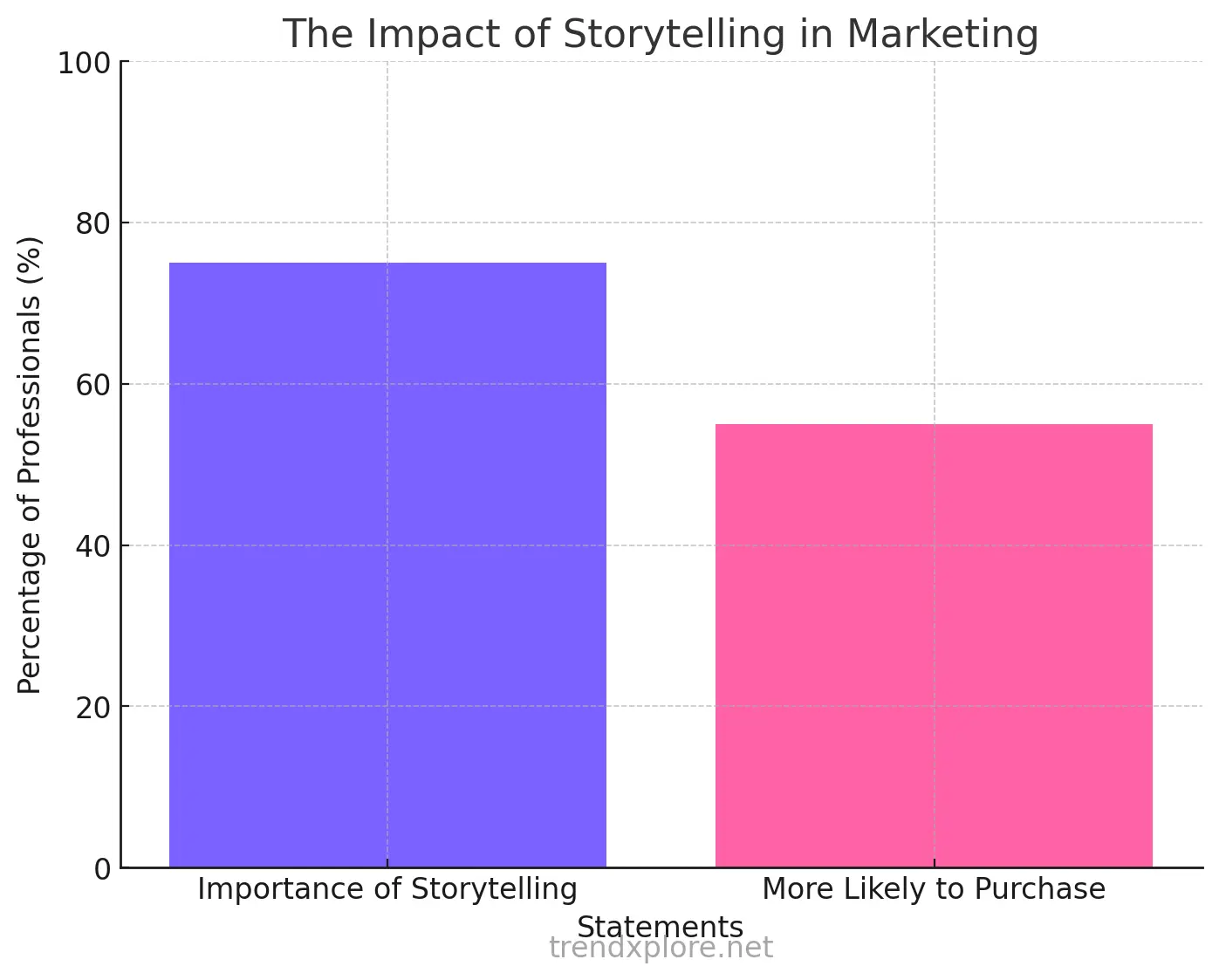
Copywriting Secrets of Incorporating Storytelling into Different Types of Copy
- Product Descriptions: Instead of just listing features, tell a story about how the product can change the user’s life. For example, instead of saying, “This water bottle is leak-proof,” say, “Imagine a long hike without worrying about spills. Our leak-proof water bottle keeps your bag dry and your thirst quenched.”
- Emails: Start with a personal story or anecdote. For instance, “Last weekend, I was stuck in the rain with a broken umbrella. That’s when I realized the need for a reliable, sturdy umbrella, just like the ones we offer.”
- Social Media Posts: Share customer stories or experiences. “Meet Jane, a busy mom who struggled to find time for herself. With our yoga app, she now enjoys peaceful mornings and feels more energized throughout the day.”
Case Studies of Brands Successfully Using Storytelling in Their Copy
- Nike: Nike’s “Just Do It” campaign tells inspiring stories of athletes overcoming obstacles. Each story connects with viewers emotionally, showing that Nike products are part of these success journeys.
- Airbnb: Airbnb uses storytelling to highlight unique travel experiences. Instead of just promoting listings, they share stories of hosts and guests, making the brand relatable and inviting.
- Dove: Dove’s Real Beauty campaign focuses on real women’s stories, celebrating their natural beauty. This storytelling approach resonates with many and builds a strong emotional connection with the brand.
Copywriting Secrets 3 – Writing Persuasive Body Copy
Writing persuasive body copy is crucial for engaging and convincing your readers. This is one of the most valuable copywriting secrets. Let’s explore the techniques that can help you achieve this.
Techniques for Writing Engaging and Persuasive Body Copy
- Speak Directly to the Reader: Use the word “you” to make your writing feel personal. For example, instead of saying “Customers will love this product,” say “You will love this product.”
- Highlight Benefits Over Features: People care more about what a product can do for them than its technical details. Instead of saying, “This phone has a 12MP camera,” say, “Capture stunning photos with our high-quality camera.”
- Use Strong Calls to Action (CTAs): Tell your readers exactly what you want them to do. Instead of saying, “Learn More,” say, “Discover how you can improve your life today.”
Importance of Clarity, Simplicity, and Readability
Clarity, simplicity, and readability are key to persuasive copy. Your message should be easy to understand and follow. Here are some tips to ensure this:
- Use Simple Language: Avoid jargon and complex words. Keep your sentences short and to the point. For example, instead of “Utilize,” say “Use.”
- Be Clear and Direct: Make sure your main points stand out. Avoid beating around the bush. For instance, instead of saying, “This product might help you,” say, “This product will help you.”
- Make It Readable: Break up your text to make it easy on the eyes. Use short paragraphs, bullet points, and subheadings.
Tips on Structuring Copy for Maximum Impact
- Use Bullet Points: Bullet points make information easy to scan. They help highlight key benefits quickly. For example:
- Save time with our quick setup
- Enjoy 24/7 customer support
- Benefit from our 30-day money-back guarantee
- Keep Paragraphs Short: Long blocks of text can be intimidating. Keep your paragraphs short to maintain reader interest. Aim for 2-3 sentences per paragraph.
- Use Subheadings: Subheadings break up your text and guide the reader through your content. They make it easier for readers to find the information they’re looking for.
Example of Persuasive Body Copy
Here’s an example to illustrate these points:
| Transform Your Morning Routine Are you tired of rushing every morning? With our Smart Alarm Clock, you can start your day with ease and confidence.
Don’t wait – make your mornings better today! |
Copywriting Secrets 4 – Create Strong Calls to Action (CTAs)
Creating strong calls to action (CTAs) drives reader engagement and conversions. This is one of the key copywriting secrets that can significantly boost your results. Let’s explore what makes a CTA effective and how you can craft CTAs that drive action.
What Makes a CTA Effective
A CTA is effective when it clearly tells the reader what to do next and motivates them to take that action. It should be direct, compelling, and easy to understand. A good CTA reduces any hesitation and encourages immediate response.
Copywriting Secrets on Crafting CTAs That Drive Action
- Use Action Verbs: Start your CTA with a strong action verb that clearly indicates what the reader should do. Examples include “Buy,” “Subscribe,” “Download,” “Sign Up,” and “Get.”
- Create Urgency: Adding a sense of urgency can prompt readers to act quickly. Phrases like “Limited Time Offer,” “Act Now,” or “Only a Few Left” can create this urgency.
- Offer Incentives: Give readers a reason to take action by offering something valuable in return. This could be a discount, a free trial, or exclusive content. For example, “Get 20% Off Your First Purchase” or “Download Our Free Ebook.”
Examples of High-Performing CTAs and Why They Work
Example of Crafting Strong CTAs
Let’s look at a practical example of crafting strong CTAs for an online store selling fitness equipment:
| Transform Your Fitness Routine Today! Ready to take your workouts to the next level? Our premium fitness equipment can help you achieve your goals faster.
Don’t wait – act now and transform your fitness routine today! |
Copywriting Secrets 4 – Leverage Emotional Appeal
Emotions play a vital role in influencing purchasing decisions. Understanding how to tap into emotions is one of the most effective copywriting secrets. Let’s explore how you can use emotional appeal to enhance your copy.
The Role of Emotions in Influencing Purchasing Decisions
People often make decisions based on how they feel. Emotions like happiness, fear, trust, and excitement can drive actions. For instance, an ad that excites someone about a new product is more likely to result in a purchase. By appealing to emotions, you can make your copy more persuasive and engaging.
Techniques for Evoking Emotions Through Copy
- Using Powerful Adjectives: Adjectives can add emotion to your writing. Words like “amazing,” “heartwarming,” and “unforgettable” can evoke strong feelings. For example, instead of saying “a good vacation,” you can say “an unforgettable vacation.”
- Telling Relatable Stories: Sharing stories that your audience can relate to creates an emotional connection. For example, a story about a person overcoming a challenge using your product can inspire and motivate your readers.
- Creating a Sense of Belonging: Make your readers feel part of a community. Using phrases like “join our family” or “be part of something bigger” can create a sense of belonging.
Examples of Emotional Appeal in Successful Marketing Campaigns
| Campaign | Why It Works |
|---|---|
| Coca-Cola’s “Share a Coke” Campaign | Coca-Cola replaced its logo with popular names, encouraging people to buy personalized bottles for friends and family. This created a sense of personalization and joy, evoking emotions of happiness and connection. |
| Apple’s “Shot on iPhone” Campaign | Apple showcases beautiful photos taken by real users, creating feelings of awe and inspiration. It makes users feel proud and connected to a community of creators. |
Example of Evoking Emotions in Copy
Here’s a practical example of how to use emotional appeal in copy for a non-profit organization:
| Join Us in Making a Difference Imagine a world where every child has access to clean water. With your help, we can make this dream a reality.
Together, we can create a world where every drop counts. |
Copywriting Secrets 5 – Test and Optimize Your Copy
Testing and optimizing your copy are crucial steps in effective copywriting. This is one of the key copywriting secrets that can significantly improve your results.
Why Testing Is Crucial for Effective Copywriting
Testing helps you understand what works and what doesn’t. Even the best copy can be improved, and testing allows you to determine which changes lead to better results. It takes the guesswork out of copywriting and provides clear, data-driven insights.
Tips on How to Conduct A/B Testing and Interpret Results
- Define Your Goal: Before starting an A/B test, decide what you want to achieve. This could be higher click-through rates, more conversions, or increased engagement.
- Create Variations: Develop two versions of your copy. Keep everything the same except for one element, such as the headline, CTA, or image. For example, test a headline like “Save 20% Today” against “Get Your Discount Now.”
- Run the Test Simultaneously: Run both versions of your copy simultaneously to ensure that external factors don’t skew the results. Then, randomly split your audience between the two versions.
- Collect Data: Track each version’s performance using metrics that align with your goal. These could be conversion rates, click-through rates, or engagement levels.
- Analyze Results: Compare the performance of both versions. Look for statistically significant differences. If one version performs better, you have a winner.
Strategies for Continuously Optimizing Copy Based on Data and Feedback
- Regularly Review Performance: Continuously monitor how your copy performs. Use analytics tools to gather data on metrics such as bounce rates, time on page, and conversion rates.
- Gather Feedback: Collect feedback from your audience. Use surveys, comments, and direct feedback to understand how your copy is being received. For example, if users mention that they love the clarity of your CTAs, you know you’re on the right track.
- Make Incremental Changes: Based on the data and feedback, make small, incremental changes to your copy. This could involve tweaking a headline, rephrasing a CTA, or adding a new testimonial.
- Test New Elements: Don’t stop testing after one successful A/B test. Continuously test new elements to keep optimizing your copy. For instance, after finding the best headline, move on to testing different CTAs or images.
- Stay Updated: Keep up with the latest trends and techniques in copywriting. What works today might not work tomorrow. Regularly update your knowledge and apply new insights to your copy.
Example of Testing and Optimizing Copy
Here’s a practical example for an online clothing store:
Original Headline: “Shop Our New Summer Collection”
Original CTA: “Buy Now”
Testing Process:
|
Copywriting Secrets 6 – Understand the 6 Common Copywriting Frameworks
Copywriting frameworks can simplify the writing process and ensure your copy is effective. These frameworks are one of the best copywriting secrets to structure your content in a way that engages and converts. Let’s embark on an exploration of five common frameworks, commencing with AIDA.
1. AIDA: Attention, Interest, Desire, Action
The AIDA framework is designed to guide the reader through a series of stages, leading them from initial awareness to taking action. Here’s how each stage works:
- Attention
- Goal: Grab the reader’s attention immediately.
- How: Use a bold headline, striking image, or compelling opening sentence.
- Example: “Discover the Secret to Effortless Mornings!”
- Interest
- Goal: Keep the reader engaged by piquing their interest.
- How: Provide intriguing details or benefits that relate to the reader’s needs.
- Example: “Our smart alarm clock syncs with your sleep patterns, ensuring you wake up feeling refreshed.”
- Desire
- Goal: Create a strong desire for your product or service.
- How: Highlight features that solve problems or improve the reader’s life.
- Example: “Imagine starting every day with a smile, knowing you’ll never oversleep again.”
- Action
- Goal: Prompt the reader to take the next step.
- How: Use a clear and compelling call to action.
- Example: “Order now and enjoy 20% off your first purchase!”
2. PAS: Problem, Agitation, Solution
The PAS framework focuses on identifying the reader’s problem, agitating it to highlight its seriousness, and then offering a solution.
- Problem
- Goal: Identify and articulate the reader’s problem.
- How: Clearly state the issue the reader is facing.
- Example: “Tired of waking up late and feeling rushed every morning?”
- Agitation
- Goal: Emphasize the negative impact of the problem.
- How: Describe the consequences of not addressing the issue.
- Example: “Being late can cause stress and impact your productivity for the rest of the day.”
- Solution
- Goal: Provide a solution to the problem.
- How: Introduce your product or service as the answer.
- Example: “With our smart alarm clock, you’ll wake up on time and start your day calmly and efficiently.”
3. FAB: Features, Advantages, Benefits
The FAB framework helps to present your product in a way that shows its value to the reader.
- Features
- Goal: Describe what the product does.
- How: List its characteristics or functionalities.
- Example: “Our alarm clock features customizable wake-up sounds and a sleek design.”
- Advantages
- Goal: Explain why these features are good.
- How: Show how they improve the user experience.
- Example: “Customizable sounds help you wake up in a way that suits you best.”
- Benefits
- Goal: Highlight how the product benefits the user.
- How: Focus on the positive outcomes for the reader.
- Example: “You’ll wake up happier and more rested, ready to tackle the day.”
4. The 4Ps: Picture, Promise, Prove, Push
This framework is designed to create a vivid picture in the reader’s mind, make a promise, provide proof, and then push for action.
- Picture
- Goal: Create a vivid image or scenario.
- How: Use descriptive language to paint a picture.
- Example: “Imagine waking up to the gentle sound of waves, feeling completely rested.”
- Promise
- Goal: Make a compelling promise to the reader.
- How: State what the product will do for them.
- Example: “Our smart alarm clock ensures you start every day refreshed.”
- Prove
- Goal: Provide evidence to back up your promise.
- How: Use testimonials, statistics, or case studies.
- Example: “Over 10,000 satisfied customers swear by our smart alarm clock.”
- Push
- Goal: Encourage the reader to take action.
- How: Use a strong call to action.
- Example: “Order now and get a 30-day money-back guarantee!”
5. SLAP: Stop, Look, Act, Purchase
The SLAP framework is designed to move the reader through a sequence of actions that lead to a purchase.
- Stop
- Goal: Grab the reader’s attention.
- How: Use an eye-catching headline or image.
- Example: “Revolutionize Your Morning Routine!”
- Look
- Goal: Make the reader look closer at your offer.
- How: Provide intriguing details or benefits.
- Example: “Our smart alarm clock syncs with your sleep cycle for optimal wake-up times.”
- Act
- Goal: Encourage the reader to take an initial action.
- How: Use a strong call to action.
- Example: “Sign up now for an exclusive 20% discount!”
- Purchase
- Goal: Drive the reader to make a purchase.
- How: Make the buying process easy and appealing.
- Example: “Buy now and experience the best mornings ever!”
6. BAB: Before-After-Bridge
The BAB framework is an effective tool for showcasing transformation. It paints a picture of the reader’s life before and after using your product or service and bridges the gap by explaining how your offering can bring about the desired change. This is one of the key copywriting secrets that can help make your copy more compelling and persuasive.
Before
In the “Before” stage, you describe the reader’s current situation or problem. This sets the stage and connects with the reader by acknowledging their struggles. It helps them relate to the scenario you are presenting.
Example: “Imagine waking up every morning feeling exhausted and groggy. No matter how much sleep you get, you still struggle to start your day with energy.”
After
In the “After” stage, you paint a picture of how the reader’s life will be improved after using your product or service. This is where you highlight the benefits and positive changes.
Example: “Now, imagine waking up feeling refreshed and full of energy, ready to tackle whatever the day throws at you. You feel more productive and happier throughout the day.”
Bridge
In the “Bridge” stage, you explain how your product or service can make the transformation from the “Before” state to the “After” state possible. This is where you introduce your solution and explain its benefits.
Example: “Our smart alarm clock is designed to sync with your sleep cycle, waking you up at the optimal time so you feel more rested. With its gentle wake-up sounds and sleek design, it helps you start your day on the right foot.”
Full Example of BAB Framework
Let’s put it all together in a practical example:
| Before “Picture this: Every morning, you hit the snooze button multiple times, dreading the thought of getting out of bed. You drag yourself through your morning routine, feeling sluggish and unmotivated.” After “Now, imagine waking up to the gentle sound of birds chirping, feeling completely rested and ready to seize the day. You have the energy to enjoy a morning workout, a healthy breakfast, and still make it to work on time, feeling accomplished.” Bridge “With our smart alarm clock, this transformation is within your reach. Our clock syncs with your natural sleep cycle to wake you up at the perfect time, ensuring you feel refreshed. Its customizable wake-up sounds and modern design will revolutionize your mornings.” |
By using these copywriting frameworks, you can create structured, persuasive copy that engages your audience and drives action. These frameworks are among the most powerful copywriting secrets you can use to improve your writing.
If you need the copy I mentioned earlier that can earn you a 100k copywriting kit, indicate your interest by filling out this form.
Copywriting Secrets – Concluding Thought
Mastering copywriting secrets can make a huge difference in your writing. From crafting irresistible headlines to creating strong calls to action, these tips can help you connect with your audience and drive results. Remember, the power of words can persuade and influence, so use these secrets to enhance your copy and boost your conversions. Start applying these techniques today and watch your writing transform.
What’s your go-to tip for crafting compelling copy? Share your favorite copywriting secret or challenge in the comments below—let’s learn from each other and take our writing to the next level!
Copywriting Secrets – FAQ
Q: What are some basic copywriting secrets?
A: Some basic copywriting secrets include understanding your audience, crafting compelling headlines, using storytelling, writing persuasive body copy, and creating strong calls to action.
Q: How can storytelling improve my copywriting?
A: Storytelling can make your copy more relatable and engaging. It helps build a connection with your audience, making your message more memorable and persuasive.
Q: What makes a good call to action (CTA)?
A: A good CTA uses action verbs, creates urgency, and offers an incentive. It should be clear, concise, and compelling, encouraging the reader to take the desired action.
Q: Why is testing important in copywriting?
A: Testing helps you understand what works and what doesn’t. By conducting A/B tests and analyzing results, you can optimize your copy for better performance and higher conversions.
Q: How can I evoke emotions in my copy?
A: To evoke emotions, use powerful adjectives, tell relatable stories, and address your audience’s pain points. Emotional appeal can make your copy more compelling and persuasive.

